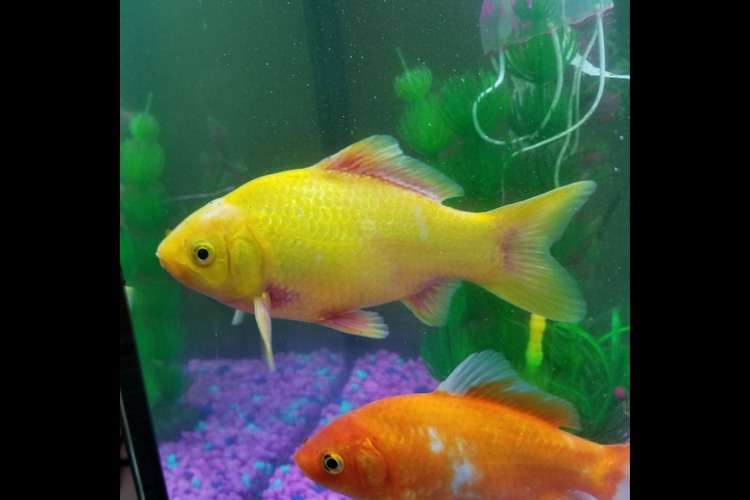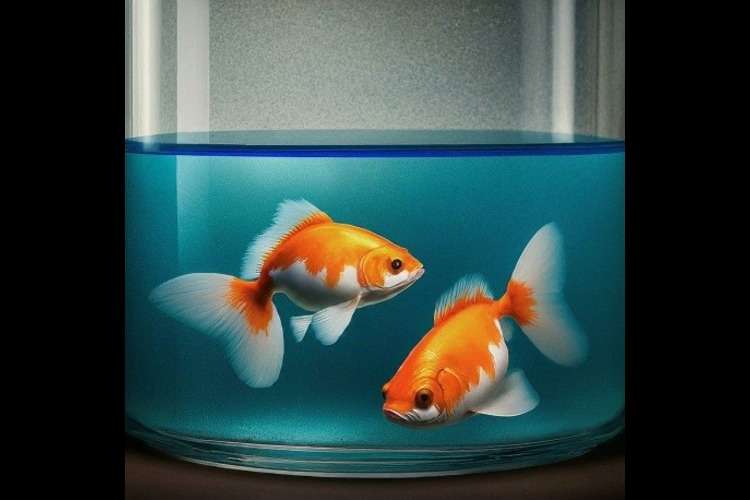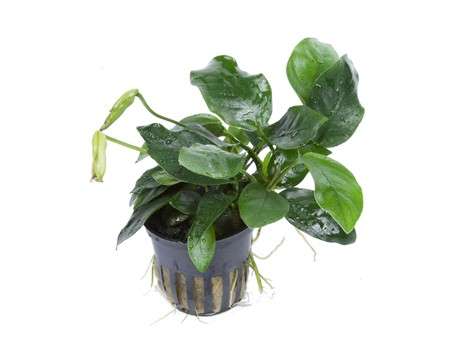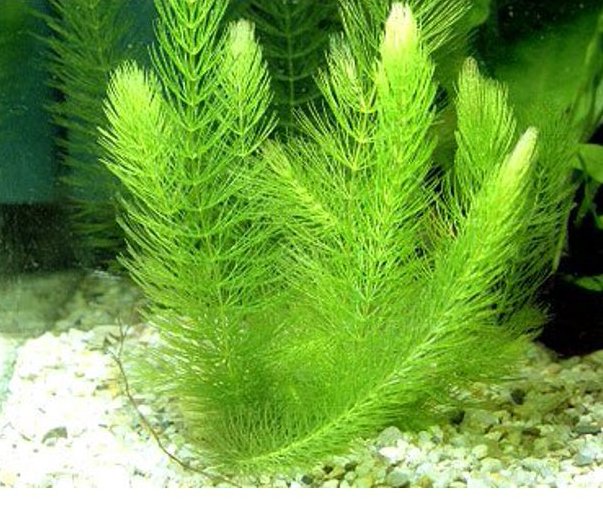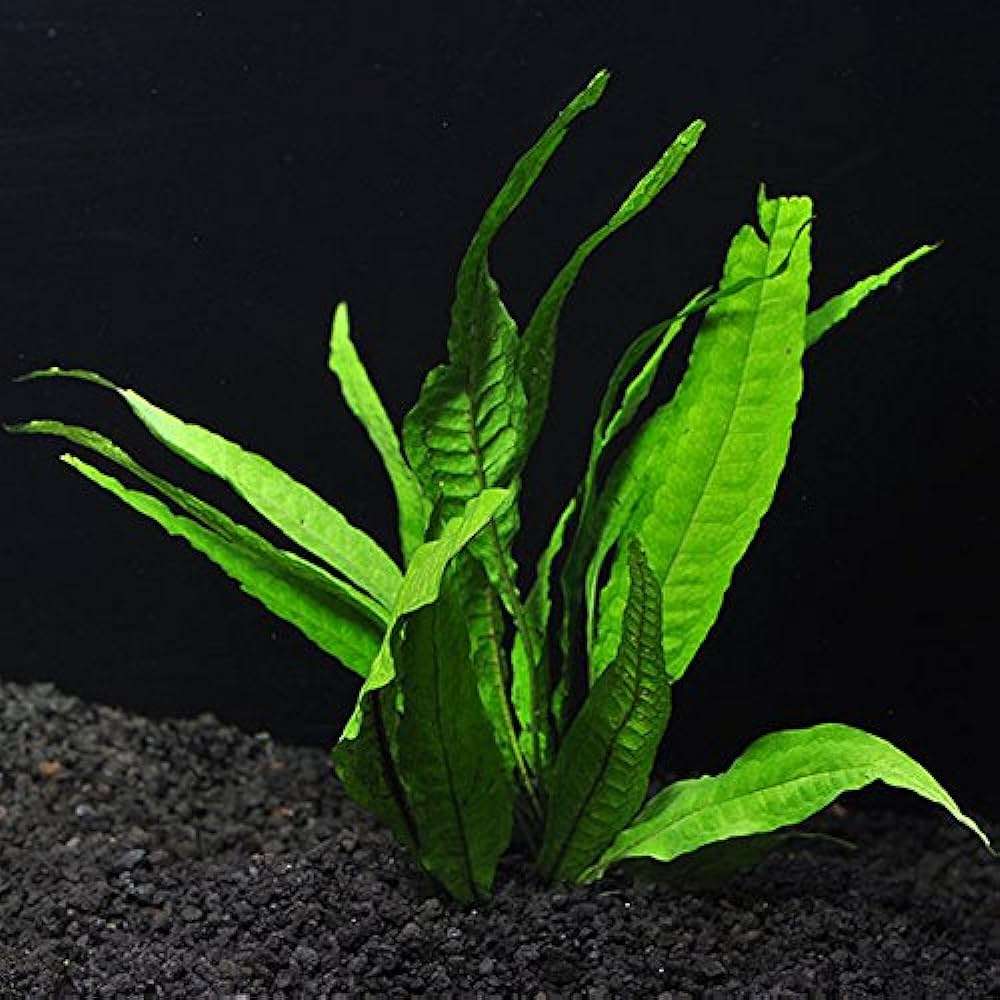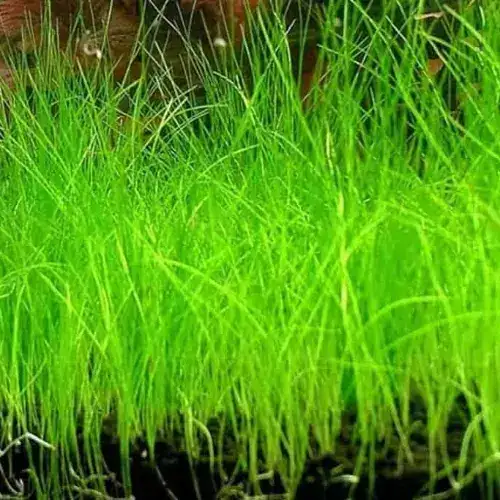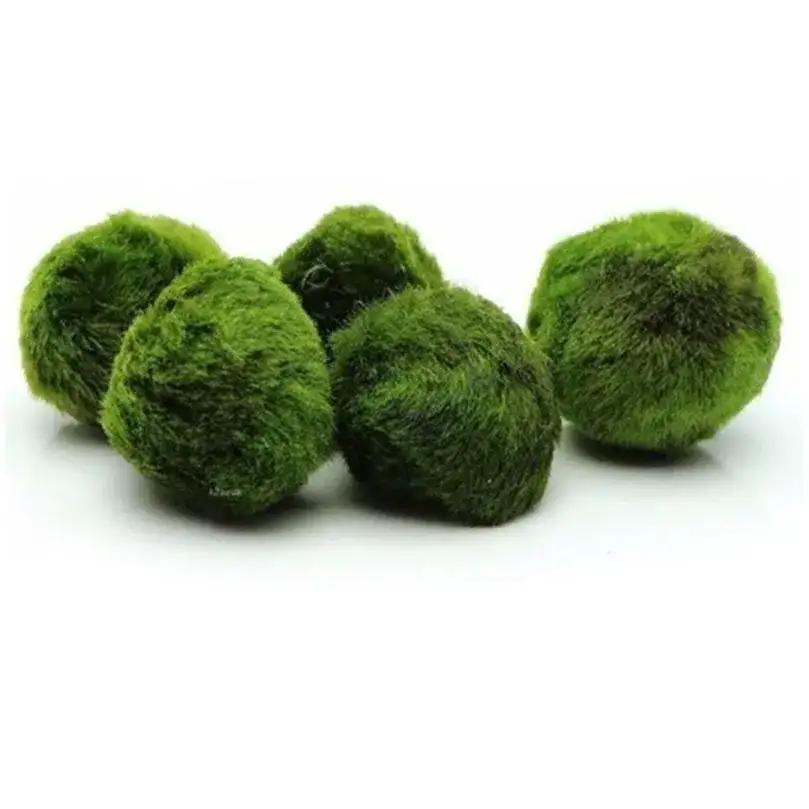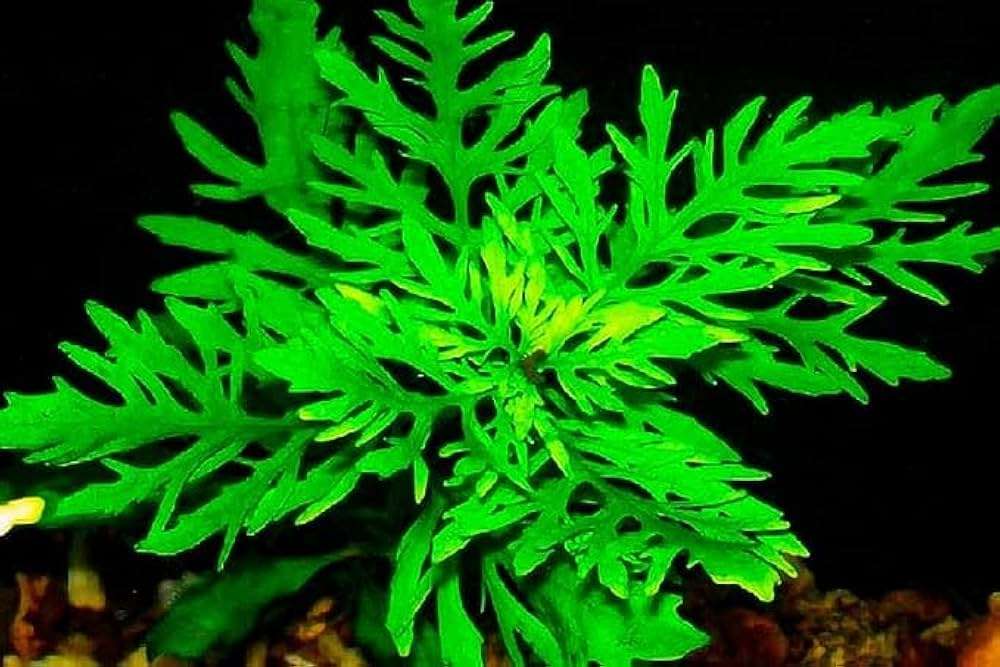What is role of ammonia cycle in fish aquarium
Learn how ammonia impacts your aquarium and fish health. Discover effective ways to manage ammonia levels and prevent harmful buildup for a thriving environment.
Table of Contents
- What is Ammonia?
- Sources of Ammonia in Aquariums
- Effect of Ammonia on Fish
- Fish Diseases Caused by Ammonia
- Ammonia Cycling in an Aquarium
- How to Detect Ammonia Levels
- Managing Ammonia Levels
- Ammonia Detoxifier and Products
- Preventing Ammonia Buildup
- Common Mistakes Leading to High Ammonia
- Dealing with Ammonia Spikes
- Long-Term Benefits of Managing Ammonia
- Faq
- Conclusion
Ammonia is one of those commonly found compounds which, once present in the aquarium, cause serious harm. We shall find out what ammonia is, how it appears in the aquarium, how it impacts fish health, and finally, how you can manage your ammonia levels properly so as to enjoy a healthy aquarium.
What is Ammonia?
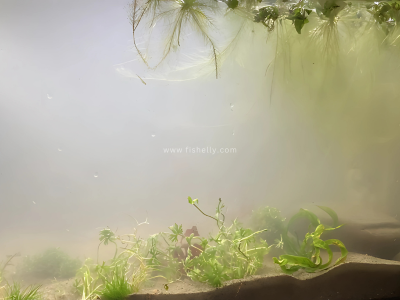
Ammonia is a toxic, colorless gas that poses a danger to aquatic animals, particularly fish. This gas is the result of an ammonia compound in which nitrogen shares its electrons with hydrogen (NH₃). Being a waste byproduct, it is naturally part of the aqueous system, though it can quickly become dangerous inside a confined environment like an aquarium if not addressed.
Sources of Ammonia in Aquariums
Ammonia can be introduced into an aquarium from the following sources:
Fish Waste: Fish excrete ammonia out through their gills and in their urine.

Unconsumed Food: Remains from unsuitable food left in the water can decompose into ammonia.

Dead Plants: Rotting plants or organic materials introduce ammonia in to the tank.
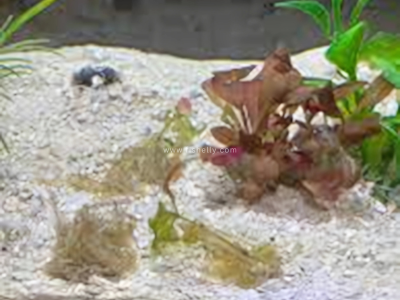
Filthy Filters: Unclean filters have decomposing material that can lead to ammonia production.
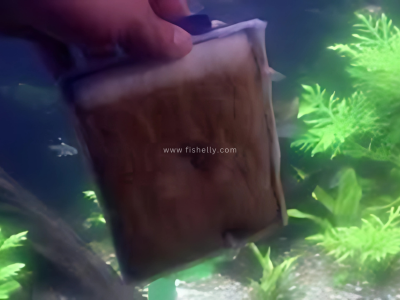
Effect of Ammonia on Fish
Ammonia is very toxic to fish, even in trace amounts. It can cause gill damage, reduce oxygen absorption, and result in different forms of illness. In extreme cases, the toxicity caused by ammonia poisoning results in death. Common ammonia poisoning symptoms in fish include:
· Rapid gill movement or labored breathing
· The fish appears lethargic and less active
· The fish loses its appetite
· There will be skin discoloration or burns of the skin, specifically around the gills
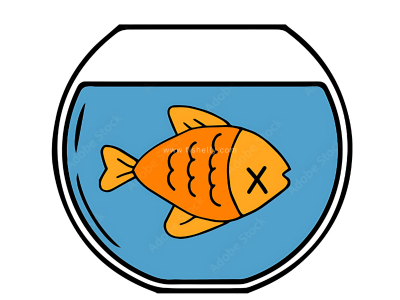
Fish Diseases Caused by Ammonia
This can impact your fish health negatively and is accompanied by different diseases. With exposure to large quantities of ammonia, your fish immune systems become weaker. This enables diseases to prevail among them because infections are on the rise in them. Ammonia contributes to the following common health conditions in fish:
Gill Damage: Ammonia can cause inflammation and tissue damage to the gills, impairing oxygen absorption and leading to respiratory issues. Fish may struggle to breathe, becoming stressed and more vulnerable to bacterial infections.
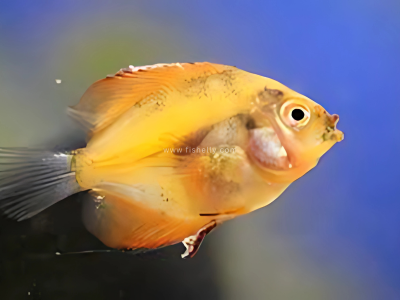
Skin and Scale Damage: Prolonged exposure to ammonia can burn the skin and scales of fish, leaving them vulnerable to fungal and bacterial infections. The damaged areas become an entry point for harmful pathogens.
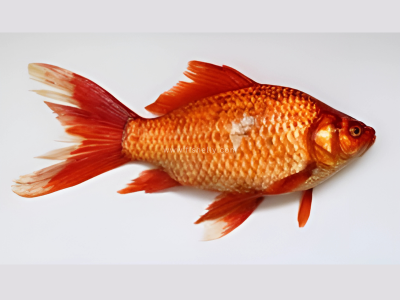
Diseases Due to Stress: High ammonia causes chronic stress in fish, which reduces the immune response. Stressed fish are more prone to diseases such as fin rot, velvet disease, and other bacterial or parasitic infections.
Vulnerability to Parasites: Ammonia exposure weakens the natural defense mechanisms of the fish, making them an easy target for parasites like Ich (White Spot Disease), which can thrive in a stressed environment.
Proper ammonia levels will greatly reduce the risk of such diseases and maintain a healthy thriving aquarium ecosystem.
Ammonia Cycling in an Aquarium
Once setting up a new aquarium, you must go through the process of ammonia cycling. Ammonia cycling is essentially building beneficial bacteria in the aquarium that convert toxic ammonia into less harmful compounds. The cycle that is involved with the nitrogen cycle includes:
Ammonia Stage: Ammonia is built up in the tank from fish waste, uneaten food, and organic matter.
Nitrite Stage(NO2): Nitrites are converted by beneficial bacteria from ammonia; these are also toxic to fish.
Nitrate Stage(NO3): Another set of bacteria further breaks down nitrites into nitrates, which are much less harmful and can be removed through regular water changes.
This process typically takes several weeks but is vital for creating a stable and safe environment for fish.
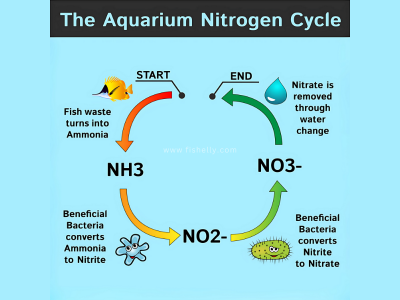
How to Detect Ammonia Levels
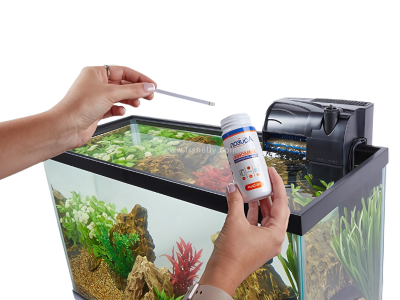
It is important to detect ammonia levels in your aquarium to ensure the health of your fish. You can use an ammonia test kit, which is available at most pet stores. These kits usually come with a color chart that will help you determine the ammonia concentration in the water. Testing regularly, especially during the cycling process, will keep you on top of any potential ammonia buildup.
Managing Ammonia Levels
Maintaining safe ammonia levels in your aquarium is a key to healthy fish. Here's how you can manage ammonia levels:
Regular Water Changes: Change 10-20% of your aquarium water every week, which helps to dilute the ammonia and keep the water clean.

Proper Filtration: Ensure that your aquarium filter is correctly sized and well maintained. A good filter will remove waste products, including ammonia.
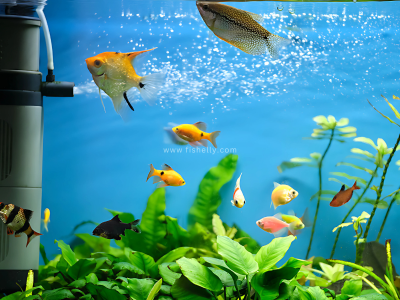
Don't Overfeed: Feed your fish only what they can consume within a few minutes to avoid more food decomposing.
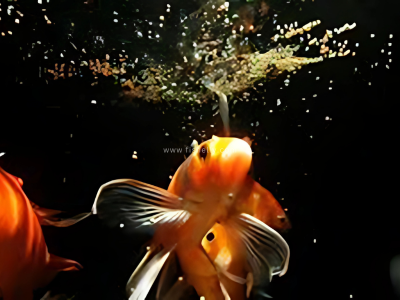
Beneficial Bacteria Enhancers: In addition, certain products introduce useful bacteria that helps break down the ammonia more rapidly.

Ammonia Detoxifier and Products
In cases where ammonia levels are too high, there are ammonia detoxifiers that temporarily neutralize ammonia in the tank. These products work by converting ammonia into a less toxic form, allowing fish to survive until the ammonia cycle can take over. However, these products should not be seen as a permanent solution and should be used in conjunction with water changes and proper filtration.
Preventing Ammonia Buildup
Prevention of ammonia buildup is the best way to keep your fish safe. Here are some ways to prevent ammonia buildup:
Don't Overstock: Too many fish in a small tank produce too much waste that the filter and bacteria can't handle. Do not go beyond the number of fish that should be present in your aquarium according to the size.

Regular Tank Maintenance: Clean the tank regularly, remove any uneaten food, and clean the filter as needed.
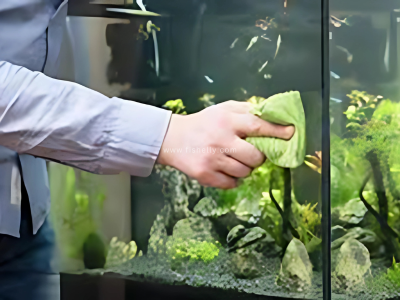
Ensure Proper Filtration: A high-quality filter that is properly maintained will help prevent ammonia buildup by removing waste products effectively.

Common Mistakes Leading to High Ammonia
Many aquarium owners unknowingly make mistakes that lead to high ammonia levels. Some common errors include:
Overfeeding: This is the most common cause of ammonia buildup. Leftover food decays and releases ammonia into the water.
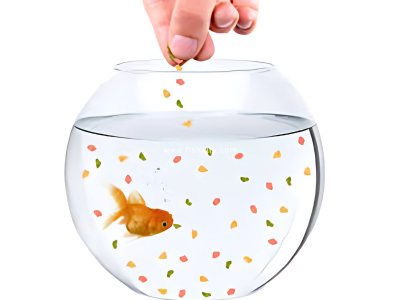
Inadequate Filtration: A filter that is too small for your aquarium or is not regularly cleaned won't be able to handle the waste load, allowing ammonia to accumulate.
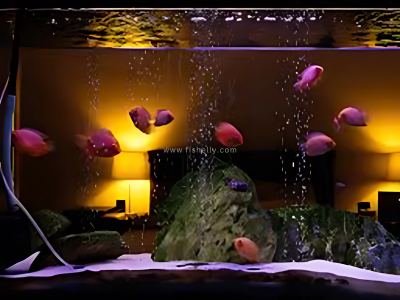
Not Cycling the Tank Correctly: Skipping or rushing the cycling process can lead to ammonia spikes before the beneficial bacteria get a chance to grow.
Dealing with Ammonia Spikes
When you see ammonia spike, act quickly:
Water Change: Change 20-30% of the water to dilute the ammonia concentration.
Check Filtration: Make sure your filter is working correctly and clean it if necessary.
Use Ammonia Detoxifiers: If necessary, use detoxifying products to temporarily neutralize ammonia while you address the cause of the spike.
Test the Water Regularly: After taking action, test the water frequently to monitor ammonia levels and ensure they return to safe levels.

Long-Term Benefits of Managing Ammonia
Proper ammonia management not only protects your fish but also contributes to the overall health and stability of your aquarium ecosystem. Some long-term benefits include:
Healthier Fish: Keeping ammonia levels low will make your fish thrive, grow, and display vibrant colors.

Stable Ecosystem: Managing ammonia helps maintain a balanced nitrogen cycle, which supports the growth of beneficial bacteria and other organisms in your tank.

Less Stress: Fish in a well-maintained tank are less stressed, leading to better behavior and immune system function.

Faq
1.What is ammonia in an aquarium?
A toxic gas from fish waste, uneaten food, and decaying matter.
2.How does ammonia affect fish?
It damages gills, skin, weakens immune systems, and can be fatal.
3.What causes ammonia in an aquarium?
Fish waste, leftover food, dead plants, and dirty filters.
4.How can I tell if my fish have ammonia poisoning?
Symptoms include rapid breathing, lethargy, and skin discoloration.
5.What diseases can ammonia cause?
Gill damage, skin burns, fin rot, velvet disease, and parasites.
6.What is ammonia cycling?
Bacteria break down ammonia into less harmful compounds in the nitrogen cycle.
7.How do I test ammonia levels?
Use an ammonia test kit from pet stores.
8.How can I manage ammonia levels?
Regular water changes, proper filtration, and avoiding overfeeding.
9.What should I do if ammonia is too high?
Perform water changes, check the filter, and use ammonia detoxifiers.
10.How can I prevent ammonia buildup?
Don’t overstock, maintain the tank, and feed fish properly.
11.What mistakes lead to high ammonia levels?
Overfeeding, inadequate filtration, and rushing the cycling process.
12.How do I handle ammonia spikes?
Change water, clean the filter, and use detoxifiers.
13.What are the long-term benefits of managing ammonia?
Healthier fish, stable ecosystem, and less stress for fish.
14.How do I know if my filter is working?
Ensure proper size, cleanliness, and maintenance.
15.How often should I test ammonia levels?
Test weekly, especially during the cycling process.
16.Can I use ammonia detoxifiers long-term?
No, they’re temporary; proper filtration and water changes are needed.
17.How many fish can my tank handle?
Follow the recommended fish capacity based on tank size.
18.Why is my filter not removing ammonia?
It may be too small, dirty, or ineffective for your tank size.
19.Can I add ammonia-eating bacteria to my tank?
Yes, beneficial bacteria products can help break down ammonia faster.
20.What is the nitrogen cycle?
A process where bacteria convert ammonia into nitrites and then nitrates, which are less harmful.
Conclusion
Managing ammonia levels is one of the most important aspects of aquarium care. You can create a healthy environment for your fish by understanding what ammonia is, its sources, how it can cause diseases, and how to manage it effectively. Regular maintenance, proper filtration, and careful feeding practices will help you prevent ammonia buildup and ensure a thriving aquarium for years to come.



